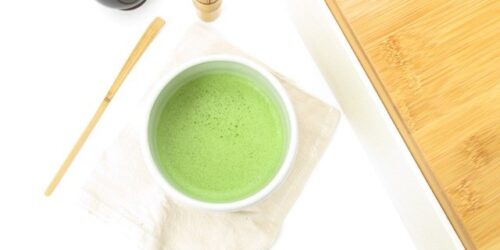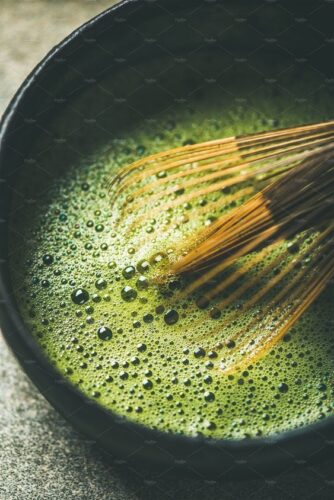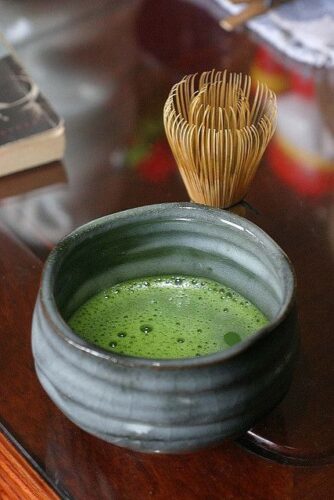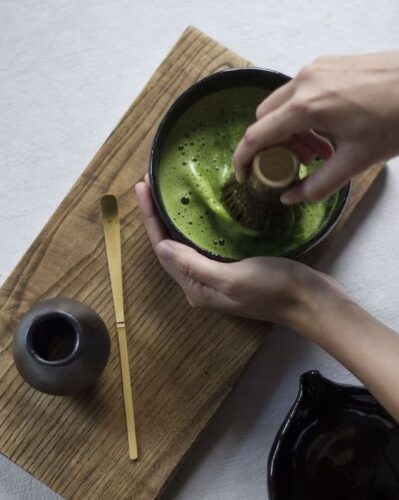
When brewing matcha, there are often attempts to incorporate techniques like whisking or adding milk bubbles to help the powder dissolve more easily. However, sometimes the results may not be as expected. The matcha may not dissolve fully, or the bubbles may fail to form properly, affecting both the texture and the aesthetic appeal of the drink. Let’s explore some key reasons behind these challenges:

1. Failure to Sift the Matcha Powder
While matcha powder typically doesn’t require filtering, sifting the powder before whisking can help achieve a smoother texture and create a more appealing bubble layer. Just like flour in baking, matcha powder can clump together if stored improperly. Sifting it helps to break up any lumps, ensuring a soft, smooth consistency that produces a beautiful foam.
2. Incorrect Water-to-Matcha Ratio
The balance of water and matcha powder plays a crucial role in creating the right texture. Adding too much water can make it difficult to form bubbles, and may cause large, undesirable bubbles to form. Conversely, too much matcha powder results in a very intense flavor, but the liquid may not be sufficient to dissolve it properly, which can interfere with the whisking process. A general guideline is to use 2 teaspoons of matcha per 2-3 ounces of water. Adjust the concentration according to personal taste, but remember to add more water if necessary to ensure the matcha dissolves well.

3. Water Temperature Issues
If the water temperature is too low, matcha will not dissolve properly, which can lead to clumps rather than bubbles. Conversely, water that is too hot may also not produce the best results. The ideal temperature for brewing matcha is around 85°C (185°F), which allows the powder to dissolve smoothly while avoiding bitterness that can arise from overly hot water.

4. Using Low-Quality or Stale Matcha Powder
The quality of the matcha powder can significantly impact the outcome of your brew. Lower-quality matcha or matcha that has been improperly stored may not whisk well, even if it’s technically drinkable. While it may still produce some bubbles, they will likely be uneven or lack the smooth texture that is characteristic of high-quality matcha. Fresh, high-quality matcha will ensure a creamier, more stable foam.

Conclusion The presence of bubbles in your matcha may be a visual delight, but it isn’t necessarily an indicator of the tea’s quality. Some tea shops may prefer a little foam, or even no bubbles at all, depending on their style of serving. Ultimately, what matters most is the overall flavor and experience. So, if your matcha doesn’t have the bubbles you expect, it doesn’t mean the quality is compromised.
